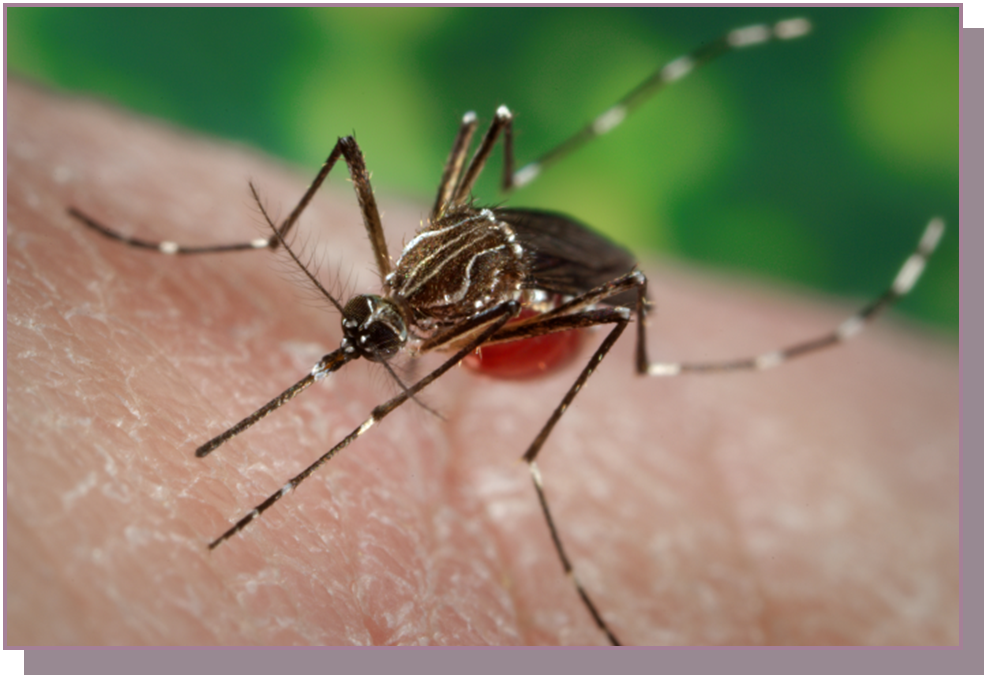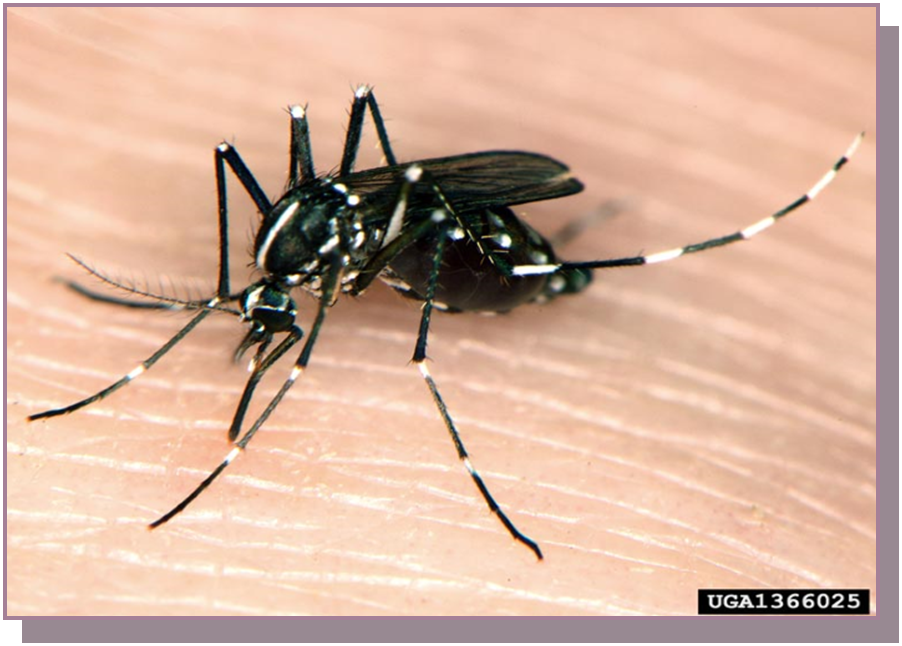More mosquitoes biting in Northern California after spring storm. Here's what to know.

Northern California’s wet winter left plenty of places for mosquitoes to breed and hatch in late April and May, according to public health and agricultural experts. That means North State residents will likely be smacking more of them than during the past three springs and summers.
But with a bit of cleaning up and a few lifestyle changes, people can make it harder for mosquitoes to bite them or inhabit their yard.
Three years of drought left the insects fewer wet places to breed last spring. That changed this year, with the heavy rain and snowmelt that filled waterways, according to the Shasta Mosquito and Vector Control District.
“The total impact on the mosquito season remains to be seen,” District Manager Peter Bonkrude said.
While mosquitoes breed along the Sacramento Valley floor, where weather turns warm early in the year, cooler summers and high elevations are no protection, according to vector control. Mountainous Siskiyou County will likely see more mosquitoes this year, too, Agricultural Commissioner Jim Smith said: "Mosquitoes have a wide range" of ecosystems they infest.

Mosquitoes can breed in spaces receiving just a little water. “The Western treehole mosquito (Aedes sierrensis) literally breeds in tree holes and other containers," said Bonkrude.
“The good news is treehole mosquitoes are a relatively brief springtime species, lasting from late April” at low elevations like Redding's, to late May at high elevations like in Shingletown or in Burney. The bad news — other mosquito species can breed during warm months anywhere there’s standing water for three or four days, he said.
Some mosquitoes bring disease
When mosquitoes bite, they pierce the skin to suck up blood, according to the U.S. Centers for Disease Control and Prevention. As they feed, they inject their saliva into the person's or animal's skin, which causes an itchy bump, although some people have worse reactions than others. "Most female mosquitoes cannot produce eggs without a blood meal," according to the CDC.
In 2020, two new invasive species moved into Shasta County: Aedes aegypti and Aedes albopictus. Their bite can transmit diseases including yellow fever and the Zika virus, Bonkrude said.
As of Feb. 6, there were no reported cases of mosquito-linked illness in humans in California. But mosquitoes infected thousands of people with these diseases in Mexico, the Caribbean, Central America and South America, according to the California Department of Public Health.

Five other species buzzing around Shasta County are on vector control’s 'most unwanted' list. Aedes sierrensis, Aedes vexans, Aedes washinoi are mainly a nuisance concern, Bonkrude said, but Culex tarsalis and Culex pipiens can spread of West Nile virus.
West Nile spreads to people, horses and birds including domestic chickens through an infected mosquito’s bite. It can cause sickness and is occasionally fatal. There have been more than 7,000 human cases of West Nile virus and over 300 deaths reported in California since 2003, according to the state’s Public Health website. No cases of West Nile virus were reported as of April 21.
Public Health reported three cases of the virus in a dead bird and two mosquitoes in Santa Clara, Alameda and Los Angeles counties.
Avoid where mosquitoes live, breed
Avoiding getting bitten is an individual's best defense against mosquito-spread diseases, public health agencies said.
Each week, vector control crews in Shasta County set more than 80 traps over the 1,100-square-mile district to discover where the insects live. While mosquito populations vary throughout the year, the North State has “urban and rural mosquitoes that can be both disease and nuisance concerns,” Bonkrude said.
Vector control focuses its efforts to control mosquito populations where the insects come into direct contact with humans, through “Flood irrigated pastures, seepage from irrigation canals, urban over-watering and storm water catchment devices,” he said.
While longer warm seasons in the Sacramento Valley around Redding attract mosquitoes, the insects can show up at higher altitudes, too; they just stick around for shorter periods, he said.
While south and west Siskiyou County got much snow this year and expect a wetter summer due to snowmelt, dryer northeastern parts of the county won't be spared from mosquitoes. “The Klamath Basin has its own mosquito factory," Smith said, in part because systems that irrigate crops in the Klamath Basin attract mosquitoes to those fields.
The two newly-discovered species of mosquito haven’t shown up in higher-altitude communities including Burney or McArthur, according to Bonkrude. Nor are they likely to live in Siskiyou County, according to a 2020 map of the animals' range of habitat published by the CDC.
Fight mosquitoes before they bite
In April, vector control monitored and treated water-filled in Shasta County where mosquitoes breed. If adult populations start growing, especially species that spread disease, crews will start spraying, Bonkrude said.
Adult mosquito control is conducted using ultra-low volume truck mounted sprayers that typically apply less than one to three ounces per acre at times adult mosquitoes are most active, 8 p.m. to 11 p.m., he said.
To learn when and where vector control will spray in Shasta County, go to www.shastamosquito.org and sign up for text or email notifications.
For information on spraying in the Klamath Basin or for more information on mosquitoes in the area, go to the Klamath Vector Control website at klamathmosquito.org.
People can help limit mosquito populations by drying out or getting rid of anything collecting standing water, Bonkrude said.
They can also reduce their risk of getting bitten by wearing mosquito repellent, wearing loose-fitting pants and long-sleeved shirts, keeping their window screens in good repair and staying indoors at dusk and dawn, according to the CDC.
Experts also urge people to:
Stock ponds with mosquito fish and remove excess vegetation.
Avoid over irrigation and drain areas where water is standing.
Clean roof gutters and change the water in bird baths often.
Use filters in pools and empty or cover them tightly when they're not in use.
For more tips on protecting adults and children, go to the CDC's mosquito bite prevention website at bit.ly/3Vc5R6D.
More: Bugged: Outdoor cockroach infestations grow in Shasta County, Northern California
Jessica Skropanic is a features reporter for the Record Searchlight/USA Today Network. She covers science, arts, social issues and news stories. Follow her on Twitter @RS_JSkropanic and on Facebook. Join Jessica in the Get Out! Nor Cal recreation Facebook group. To support and sustain this work, please subscribe today. Thank you.
This article originally appeared on Redding Record Searchlight: More mosquitoes bite after spring storm dampens Northern California

